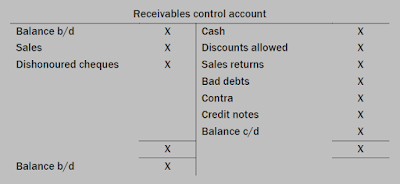1 Introduction
The measurement of inventory can be extremely
important for financial reporting, because the measurements affect both the
cost of sales (and profit) and also total asset values in the statement of
financial position. There are several aspects of inventory measurement to
consider:
- Should the inventory be valued at cost, or might a different measurement be more appropriate?
- Which items of expense can be included in the cost of inventory?
- What measurement method should be used when it is not practicable to identify the actual cost of inventory?
IAS 2: gives guidance on each of these areas.
